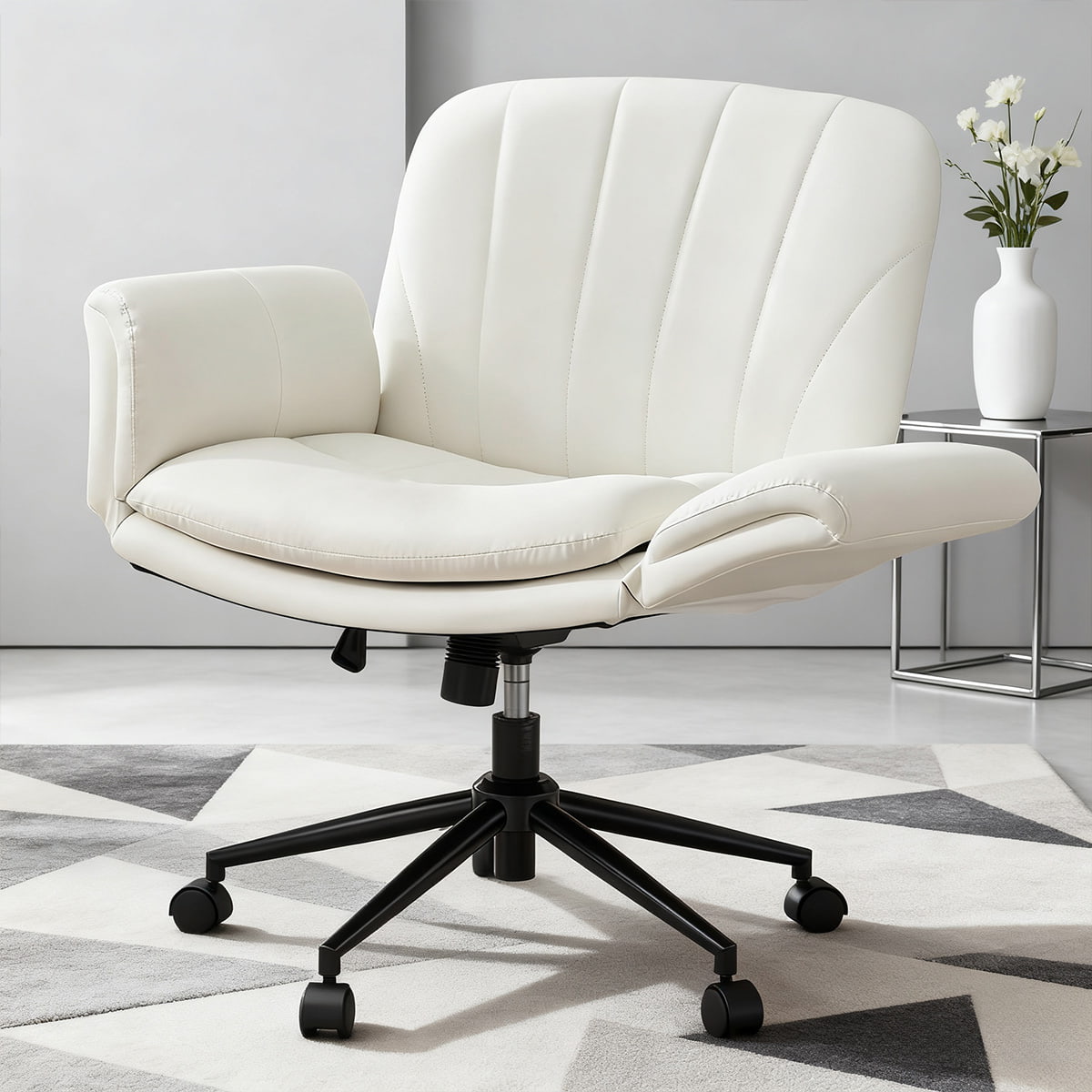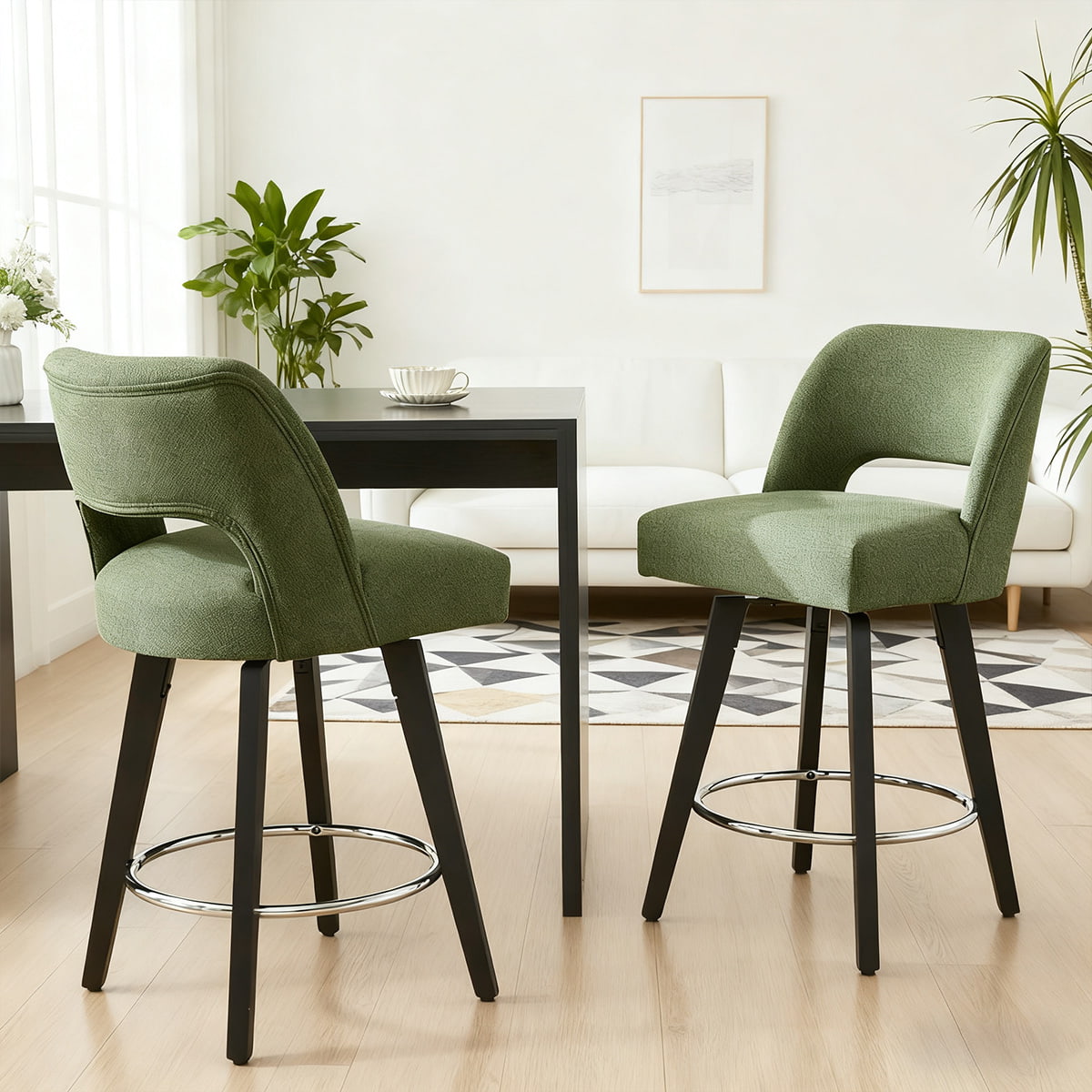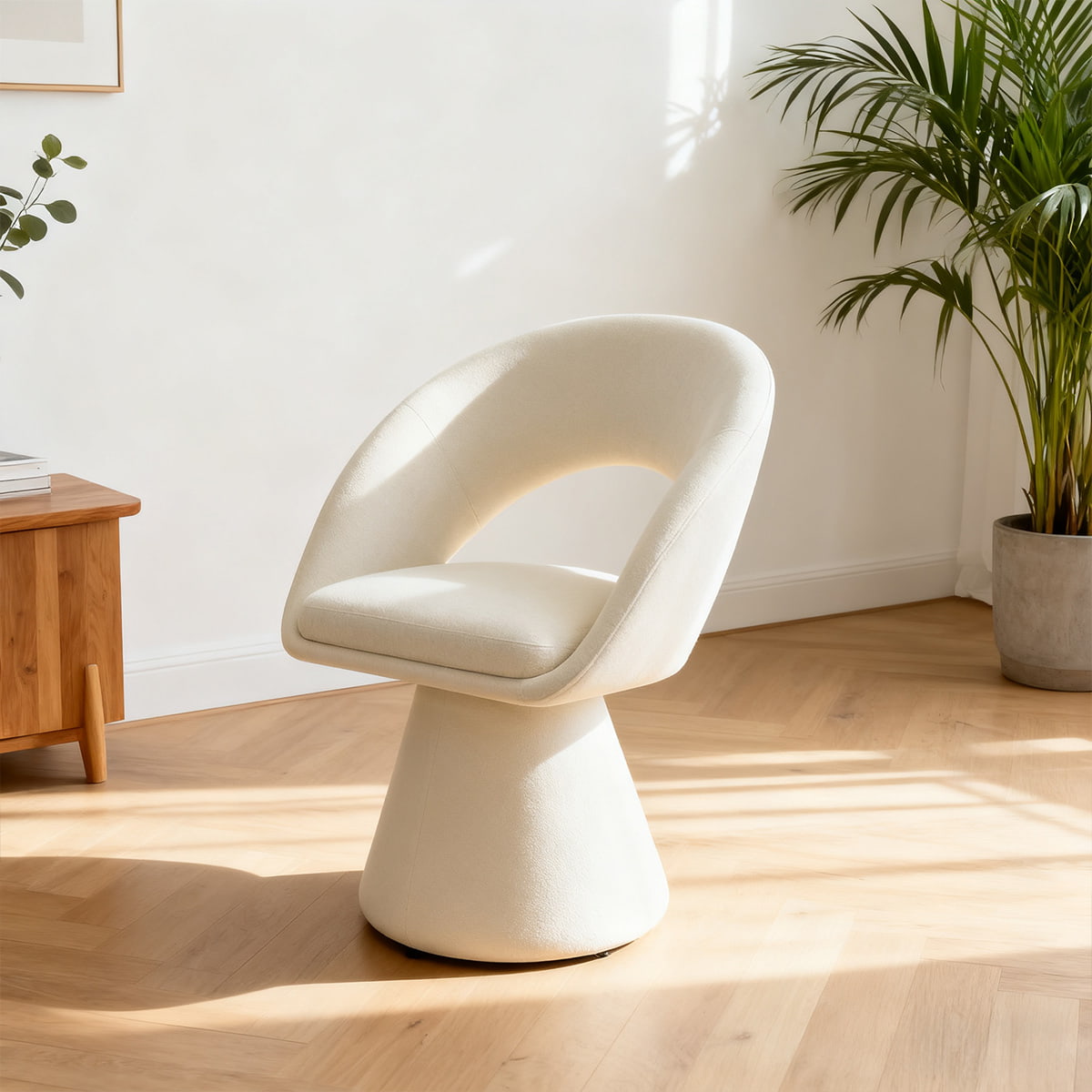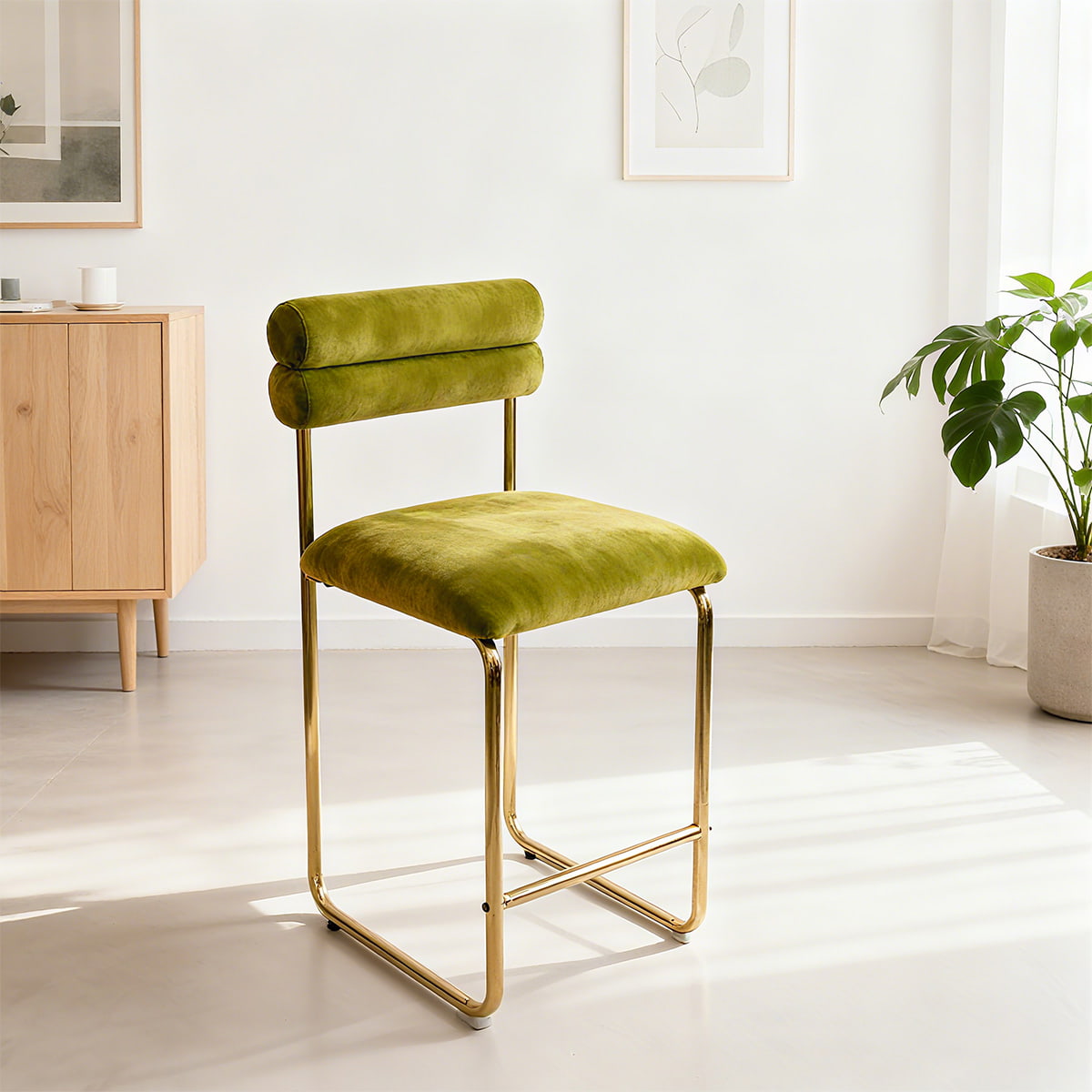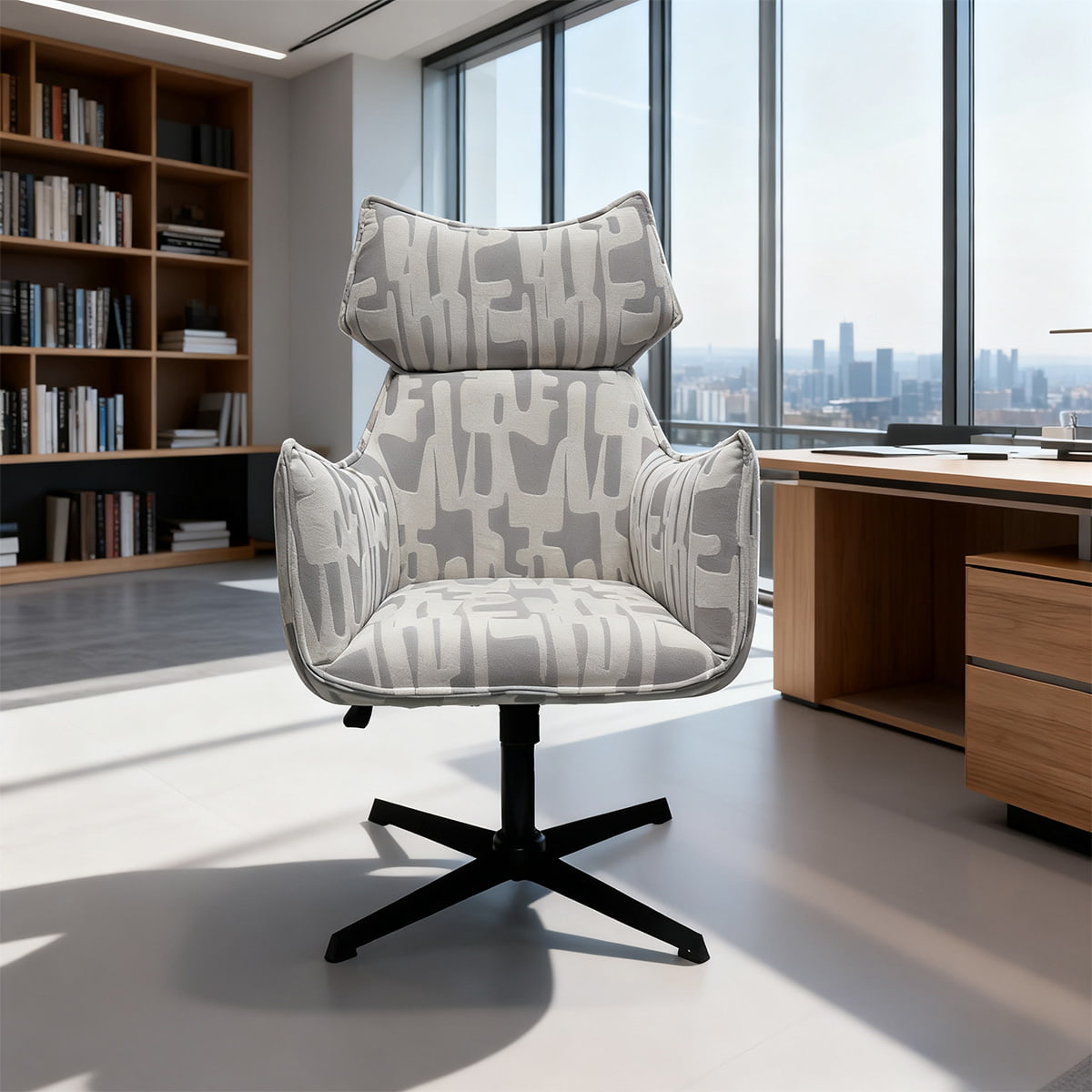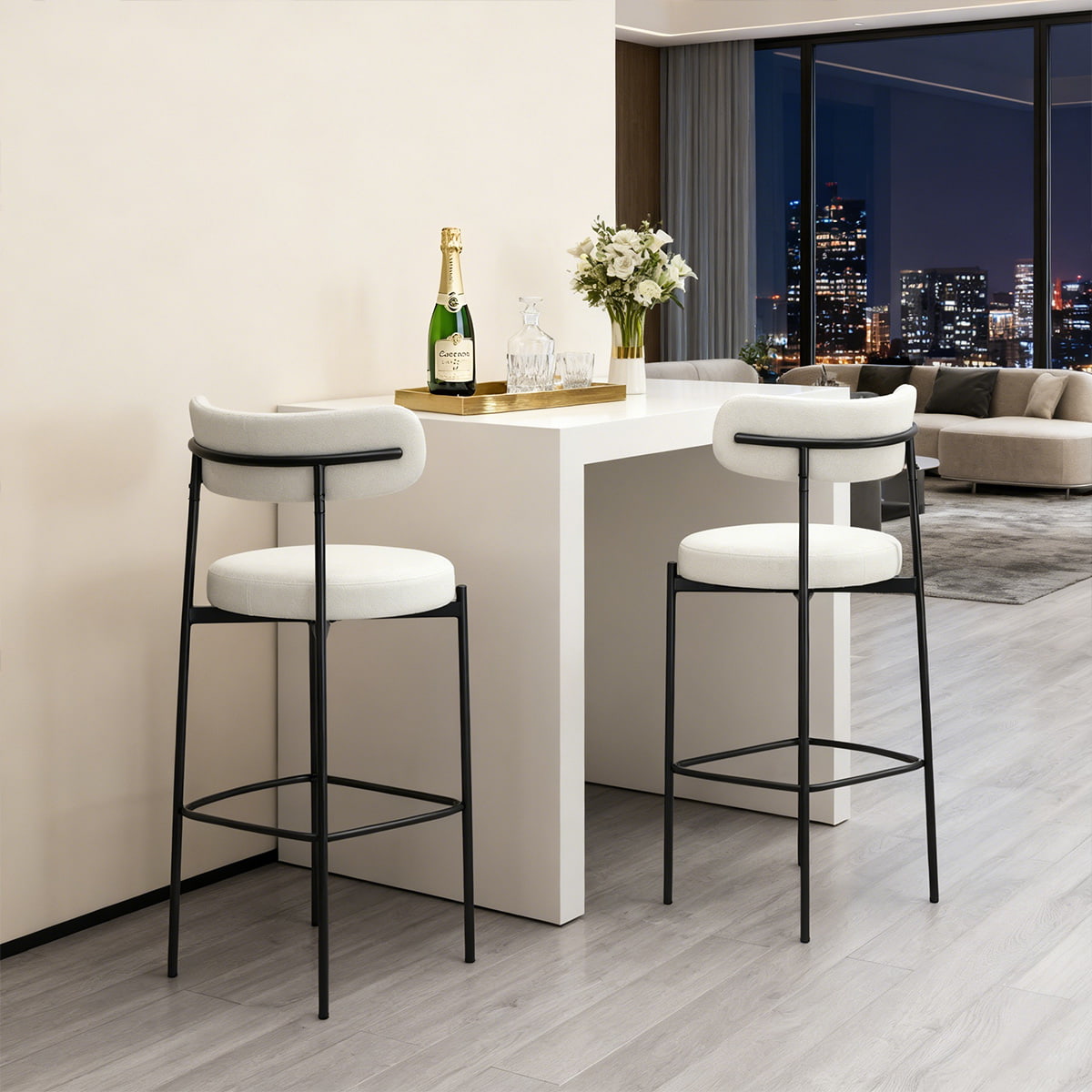
How does cushion density affect the comfort of a fabric leisure chair?
Posted by Admin | 17 Oct
- 1 Understanding Cushion Density: The Core of Comfort
- 2 The Direct Impact of Cushion Density on Your Comfort
- 3 Choosing the Right Cushion Density for Your Fabric Leisure Chairs
- 4 Beyond Density: Other Factors in Fabric leisure Chair Comfort
- 5 FAQ
- 5.1 What is the best cushion density for a fabric leisure chair?
- 5.2 How can I tell if my fabric recliner chair comfort is compromised by poor cushioning?
- 5.3 When how to choose a comfortable fabric armchair, what is more important: cushion density or the fabric material?
- 5.4 Does higher foam density for durable fabric chairs always mean a firmer seat?
- 5.5 How does the chair's design contribute to ergonomic support in fabric leisure chairs?
When you sink into a Fabric Leisure Chair, the first thing you notice is the comfort. But what creates that feeling of blissful relaxation? While the fabric's texture and the chair's design play a role, the true hero lies beneath the surface: the cushion density. Understanding this critical factor is the key to unlocking long-lasting comfort and making an informed purchase. This guide will delve deep into how cushion density directly influences your experience, helping you find the perfect chair for your needs.
Golden Leg Velvet Barrel Accent Chair – Wide-Seat Mid-Century Modern Dining & Lounge Chair
Understanding Cushion Density: The Core of Comfort
Before we explore its impact, it's essential to define what cushion density is and clarify a common misconception. Many people use "density" and "firmness" interchangeably, but in the world of upholstery, they are distinct concepts that work together.
What is Cushion Density?
Cushion density measures the weight of the foam per cubic foot. It is a primary indicator of the foam's quality, durability, and supportive capabilities. Higher density foam has more material packed into the same space, resulting in a more resilient and long-lasting cushion.
- Measurement: Expressed in pounds per cubic foot (PCF).
- Quality Indicator: Generally, higher density foam is associated with higher quality and a longer lifespan.
- Composition: Dense foam has a tighter cell structure, which resists sagging and deformation over time.
Density vs. Firmness: A Critical Distinction
This is the most crucial concept in our fabric recliner chair comfort guide. Density refers to the mass and longevity of the foam, while firmness (often measured by ILD - Indentation Load Deflection) refers to how soft or hard the foam feels to the touch. You can have a high-density foam that is soft (low ILD) or a low-density foam that is firm (high ILD). However, low-density, firm foam will break down much faster.
- Density (PCF): The weight and durability of the foam.
- Firmness (ILD): The initial "feel" and softness of the foam.
- Analogy: Think of a memory foam mattress (high density, soft feel) versus a cheap pool noodle (low density, firm feel). The memory foam will last for years, while the pool noodle compresses quickly.
The Direct Impact of Cushion Density on Your Comfort
The density of the cushioning material is not just about durability; it's the foundation of how a chair feels and supports your body from the moment you sit down until you rise hours later.
Initial Comfort vs. Long-Term Support
Low-density foam might feel plush and incredibly soft initially, but it quickly compresses under your body weight, leading to a sunken feeling where you "bottom out." High-density foam provides consistent support, contouring to your body without collapsing, which is essential for prolonged sitting sessions. This is a fundamental principle when considering how to choose a comfortable fabric armchair that won't disappoint you in a year.
- Initial Comfort: Achieved through top layers of softer foam or fiber wraps, not the core support layer.
- Long-Term Support: Provided by the high-density base foam, which prevents sagging and maintains the chair's structural integrity.
How Density Affects Ergonomics and Posture
Proper ergonomic support in fabric leisure chairs is impossible without adequate cushion density. The right density helps maintain spinal alignment by evenly distributing your body weight. It prevents pressure points in the hips and lower back, which are common in chairs with poor, low-density cushioning that fails to provide consistent support.
- Spinal Alignment: High-density foam supports the natural curve of your spine.
- Pressure Distribution: Prevents excessive pressure on the tailbone and hips.
- Seated Posture: Encourages a healthier sitting position by preventing slouching and sinking.
Choosing the Right Cushion Density for Your Fabric Leisure Chairs
Selecting the ideal cushion density is a balance between personal preference, intended use, and physical needs. There is no one-size-fits-all answer, but there are clear guidelines to follow.
A Guide to Cushion Density Levels
Here is a breakdown of common density ranges and what they mean for your chair's comfort and longevity. This is particularly useful for evaluating the foam density for durable fabric chairs.
The following table outlines the standard foam density ranges and their typical applications in furniture manufacturing.
| Density Range (PCF) | Quality & Feel | Best For |
| 1.2 - 1.5 PCF | Low quality, soft but flattens quickly. | Very lightweight, infrequently used furniture. |
| 1.6 - 1.8 PCF | Medium quality, a common range for budget furniture. | Light to medium use in a household. |
| 1.9 - 2.2 PCF | High quality, offers excellent resilience and support. | High-use household furniture and commercial settings. |
| 2.3+ PCF | Very high quality, maximum durability and support. | Premium residential and heavy-duty commercial use. |
Matching Density to Usage and Body Type
Your choice should be informed by how the chair will be used and who will be using it. A chair for a light-use reading nook has different requirements than one for a primary TV-watching spot.
- For Daily Use & Heavier Individuals: Opt for a density of 1.9 PCF or higher to ensure the chair doesn't break down prematurely.
- For Occasional Use & Lighter Individuals: A density of 1.6 to 1.8 PCF may be sufficient.
- For Commercial or High-Traffic Settings: Always choose 2.0 PCF or above to withstand constant use.
Beyond Density: Other Factors in Fabric leisure Chair Comfort
While cushion density is paramount, it works in concert with other elements to create the overall comfort experience. A comprehensive fabric recliner chair comfort guide must consider these factors.
The Role of Cushion Layers and ILD
Premium Fabric Leisure Chairs often use a combination of foam densities and types in a layered system. A common configuration is a high-density foam base for support, topped with a medium-density or memory foam layer for contouring and initial softness. The ILD of each layer is carefully selected to create a specific feel.
- Support Core: High-density, medium-to-high ILD foam.
- Comfort Layer: Lower ILD foam or fiberfill for plushness.
- System Benefits: This combination provides the "hug" of soft foam without sacrificing the underlying support, answering the quest for the best cushion density for a fabric leisure chair with a nuanced, multi-layered approach.
Frame Design and Fabric Type
The chair's comfort is a symphony, not a solo. The frame provides the foundational structure, and the fabric can influence the perceived softness. A well-designed frame with proper springing or webbing works with the cushion to provide support. Similarly, a thick, soft chenille fabric can feel more inviting than a taut linen, even over the same cushion.
- Frame Integrity: A sturdy frame is non-negotiable; no cushion can compensate for a weak structure.
- Suspension System: High-tension springs or elastic webbing add bounce and prevent the cushion from feeling dead.
- Fabric Give: Some fabrics have more stretch ("give") than others, slightly affecting the initial feel.
FAQ
What is the best cushion density for a fabric leisure chair?
For most households, a cushion density between 1.8 and 2.2 PCF is the sweet spot for an optimal blend of comfort, support, and durability. This range provides enough resilience to prevent sagging under regular use while remaining comfortable. For chairs that will see heavy daily use, or for individuals seeking maximum longevity, aiming for 2.0 PCF and above is highly recommended. Manufacturers like Anji Duomei Intelligent Furniture Technology Co., Ltd. often utilize these mid-to-high density foams in their designs to ensure their chairs meet the demands of both residential and contract use, upholding their commitment to quality and durability.
How can I tell if my fabric recliner chair comfort is compromised by poor cushioning?
There are clear signs that your chair's cushioning has failed. The most obvious is permanent sagging or visible indentations where people typically sit. If you can feel the wooden frame beneath the cushion when you sit down, or if the chair no longer springs back to its original shape after you get up, the cushion density was likely too low for long-term use. This loss of support directly impacts the ergonomic support in fabric leisure chairs, often leading to discomfort and poor posture.
When how to choose a comfortable fabric armchair, what is more important: cushion density or the fabric material?
While both are important, cushion density is fundamentally more critical for long-term comfort and structural integrity. You can have the most beautiful, soft fabric in the world, but if it's stretched over low-density foam that sags in six months, the chair will become uncomfortable and unsightly. The fabric affects aesthetics, tactile feel, and durability against stains and wear, but the cushion density determines the chair's core comfort and lifespan. Always prioritize a high-quality core, then select a fabric that suits your lifestyle and decor.
Does higher foam density for durable fabric chairs always mean a firmer seat?
Not necessarily. This goes back to the crucial distinction between density and firmness (ILD). It is possible to have a high-density foam that is engineered to have a soft, plush feel (low ILD). Advanced manufacturing techniques allow for the creation of high-resiliency (HR) foams that are both dense and soft-contouring. However, as a general rule in the market, many higher-density foams are also engineered to be firmer to provide the necessary support. The key is to look for specifications on both PCF (density) and ILD (firmness) or, better yet, test the chair personally to feel the balance.
How does the chair's design contribute to ergonomic support in fabric leisure chairs?
The cushion works within the ecosystem of the chair's overall design. Several design elements are crucial for ergonomic support: the seat depth should allow your feet to rest flat on the floor with a slight gap behind your knees; the backrest should follow the natural S-curve of the spine, offering lumbar support; and the armrests should be at a height that allows your shoulders to relax. A professional contract furniture company, such as Anji Duomei Intelligent Furniture Technology Co., Ltd., integrates these ergonomic principles into their frame and cushion design from the outset, ensuring that the final product is not just a seat, but a tool for well-being. Their expertise in producing a wide range of chairs, from swivel to salon chairs, means they understand how to marry form, function, and comfort effectively.
Related Products
-
 NO.8, NO.1 Road, Sunshine Industrial Park 2, Anji County, Huzhou City, Zhejiang Province, China.
NO.8, NO.1 Road, Sunshine Industrial Park 2, Anji County, Huzhou City, Zhejiang Province, China.
-
 [email protected]
[email protected]
[email protected]
[email protected]
[email protected] -
 +86-13567991394
+86-13567991394


 En
En English
English Français
Français Español
Español
